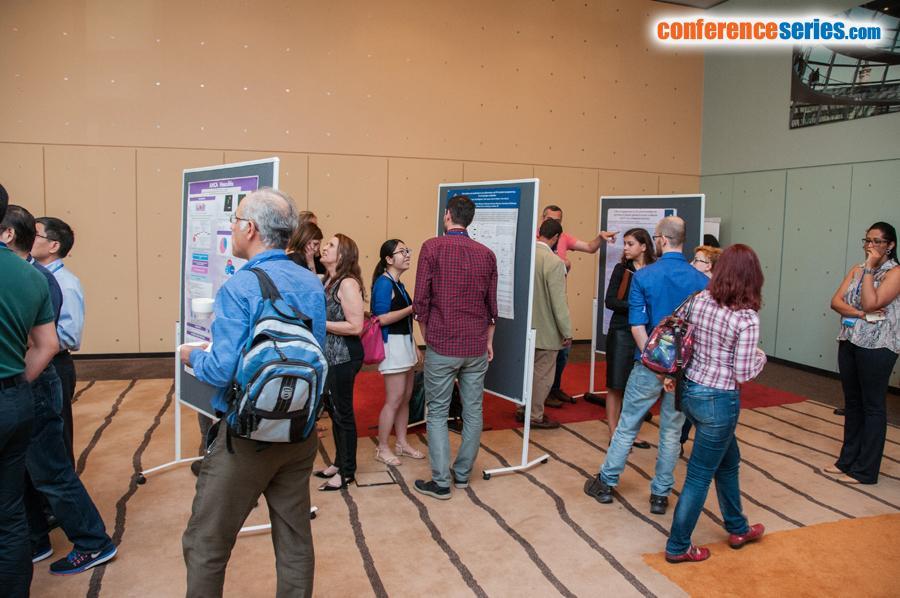Bozena Futoma-Koloch
University of Wroclaw, Poland
Title: C3 component deposition on Salmonella O48 cells characterized by sialylated lipopolysaccharide and different pattern of outer membrane proteins
Biography
Biography: Bozena Futoma-Koloch
Abstract
The mechanisms used by bacteria to avoid host immunological defenses are not entirely understood. Microorganisms getting into contact with human blood or plasma have developed a variety of strategies to evade complement attack. One strategy is the incorporation of the sialic acid into the bacterial surface glycoconjugates that usually results in an increase in serum resistance. Nothing is known about the influence of sialylated bacterial surface structures on C3 fixation in serum. The role of the outer membrane proteins (OMP) in Salmonella susceptibility to serum has not also been investigated thoroughly. Therefore, C3 deposition on the O48 group of Salmonella bacteria has been studied. The tested microorganisms Salmonella O48 are characterized by sialylated lipopolysaccharide (LPS) and different patterns of OMP. Our investigations showed that bacteria were sensitive to human serum (HS) although they possessed sialylated LPS. We found that the greatest C3 deposition occurred on Salmonella sv. Isaszeg cells with low content of sialic acid in LPS. A weaker C3 deposition ratio was noted to Salmonella vs. Ngozi and Salmonella subsp. arizonae with the high contents of sialic acid in LPS. Immunoblotting revealed that C3 complement protein bound to OMP common to three tested strains. We suggest that the differential sensitivity of tested bacteria to HS may be due to a weaker C3 activation on strongly sialylated LPS and a binding of C3 components to the OMP.
Speaker Presentations
Speaker PDFs
Speaker PPTs Click Here





